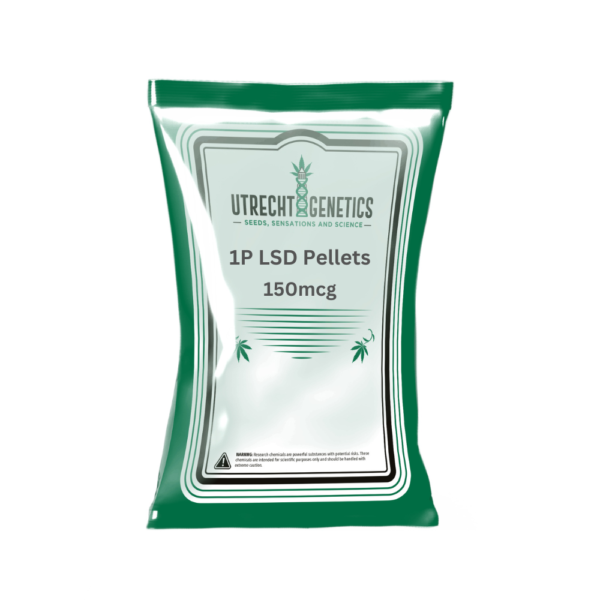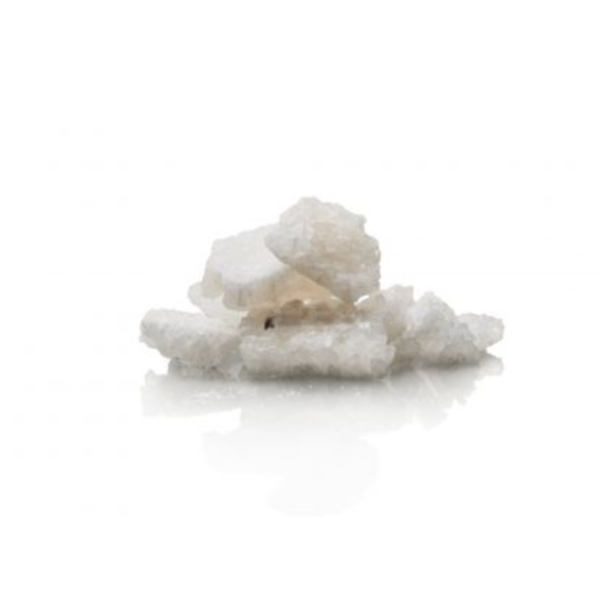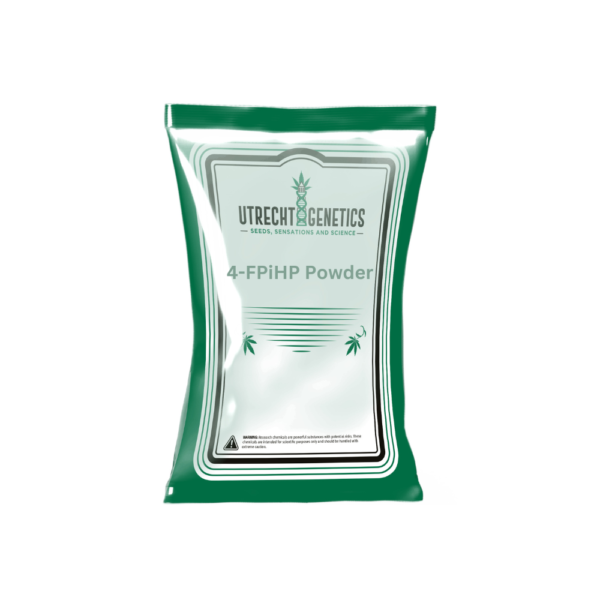3CMC Powder
From € 14,39
3-CMC, short for 3-Chloromethcathinone, is a synthetic cathinone compound. It is chemically related to cathinone, a stimulant found in the khat plant. The molecular structure of 3-CMC typically includes a cathinone backbone with a chlorine substitution.
| Number Of Gram |
1, 2, 5, 10, 20, 50, 100, 200, 500 |
|---|
3-CMC, short for 3-Chloromethcathinone, is a synthetic cathinone compound. It is chemically related to cathinone, a stimulant found in the khat plant. The molecular structure of 3-CMC typically includes a cathinone backbone with a chlorine substitution.
Physical Appearance: 3-CMC is commonly found in the form of a powder. The powder can vary in color, often appearing as white or off-white. The texture is usually fine, resembling crystalline or granular particles.
Features:
- Stimulant Effects: As a member of the cathinone class, 3-CMC is believed to exhibit stimulant properties. It interacts with the central nervous system, potentially leading to increased alertness, energy, and stimulation.
- Research Chemical Status: 3-CMC is often considered a research chemical, indicating its primary use in scientific investigations. Researchers may study its pharmacological effects to better understand its properties.
- Legal Considerations: The legal status of 3-CMC varies across jurisdictions. Researchers and individuals should be aware of and comply with local regulations regarding its possession, distribution, and use.
- Potential Risks: Due to its stimulant nature, 3-CMC may pose risks associated with stimulant use, including increased heart rate, elevated blood pressure, and potential psychostimulant effects. Researchers should exercise caution and adhere to safety protocols.
MAECENAS IACULIS
Vestibulum curae torquent diam diam commodo parturient penatibus nunc dui adipiscing convallis bulum parturient suspendisse parturient a.Parturient in parturient scelerisque nibh lectus quam a natoque adipiscing a vestibulum hendrerit et pharetra fames nunc natoque dui.
ADIPISCING CONVALLIS BULUM
- Vestibulum penatibus nunc dui adipiscing convallis bulum parturient suspendisse.
- Abitur parturient praesent lectus quam a natoque adipiscing a vestibulum hendre.
- Diam parturient dictumst parturient scelerisque nibh lectus.
Scelerisque adipiscing bibendum sem vestibulum et in a a a purus lectus faucibus lobortis tincidunt purus lectus nisl class eros.Condimentum a et ullamcorper dictumst mus et tristique elementum nam inceptos hac parturient scelerisque vestibulum amet elit ut volutpat.
Related products

Very competitive prices. Ordered before 17:00 PM, shipped today

Free shipping from €50 in NL. Sent discreetly and anonymously

Pay safely and quickly with iDeal as you are used to

Top quality Genetics. Order now, grow tomorrow
The Benefits of Medicinal Cannabis
- Copyright (©) 2023 Utrecht Genetics.
Your Account
Cannabis Growguide
Growing Advice
Our offers
Marijuana Grow Guide
Best marijuana
Information
Cannabis seeds
Medical cannabis
About us
Cannabis Seeds Stores
Medical Marijuana
WhatsApp us for more information

























Reviews
There are no reviews yet.